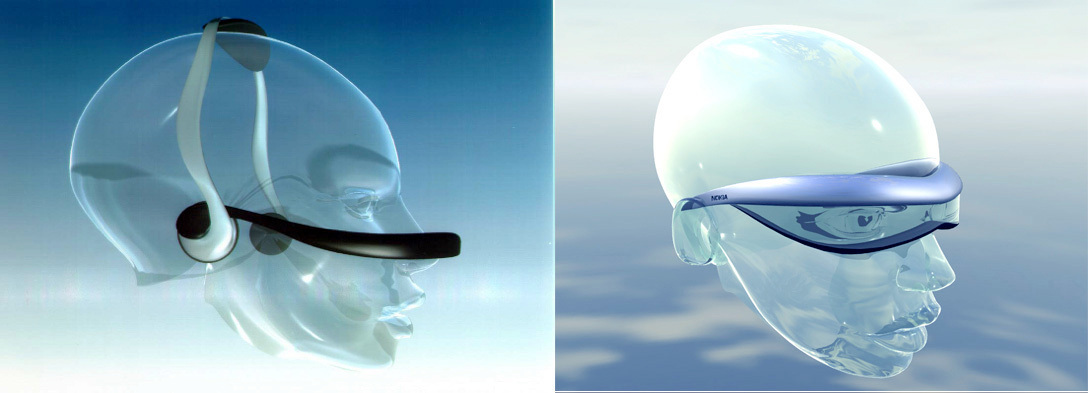
We’ve reached the point in tech history where early mobile phones are little more than museum pieces, alien and strange to today’s consumers for their absence of function and unconventional form. Throughout the first phase of mobile history, the company that was king of formal invention and bold new ideas was Finland’s Nokia.

Now the Aalto University in Helsinki has launched the Nokia Design Archive, an online portal that lays bare two decades of the company’s history, including hitherto unseen sketches, concepts and marketing material alongside some of the most legendary, long-lasting and fondly remembered handsets of all time (depending on your age).

The Nokia Design Archive will go live in January 2025, but we’re presenting a sneak preview of some of the 700-plus exhibits, which date from the early 1990s through to 2017. Nokia can trace its history back to pulp mills in 1865, before evolving into a multinational that did everything from supplying power to making rubber boots.

The portable telecoms boom of the 1990s was a pivotal time for Nokia, which had acquired a number of key players in the nascent mobile tech sphere. After the 1982 Mobira Senator car phone, Nokia's first mobile phone was the 1987 Mobira Cityman 900. What followed was two decades of innovation and then ten years of decline, as Nokia shaped and reshaped the form factor of the mobile as well as helped develop the networks, software and protocols that are still used today.

Although the Aalto University has curated 700 exhibits, the actual repository is around 20,000 files, amounting to around 960GB of data. All of this has been licensed from Microsoft Mobile, following the American giant’s acquisition of Nokia in 2014 and the ill-fated pivot to the Windows Phone OS. This lasted barely three years, before the Nokia name was once again moved on – it’s now in the safe hands of HMD.

‘In Finland we have a tradition for being open with big data sets,’ says Anna Valtonen, lead researcher on the Nokia Design Archive. ‘The focus is often on numerical, empirical stuff, but what about people? What about how humans perceive things? How are ideas adopted into society? From a scientific perspective, this is the kind of qualitative empirical material we need more of.’

‘Especially in these times of change, it is important to understand how we can grasp the world around us and imagine what we could be,’ Valtonen adds. According to Kaisu Savola, a postdoctoral researcher in the University’s Department of Design, ‘Nokia was in a similar position in the 1990s as Samsung or Apple are today. These large corporations shape our lives with their products.’ The Nokia Design Archive taps into this often-hidden side of tech history, exploring the utopian ideals of pre-social media mobile connectivity.

The Nokia Design Archive goes live on 15 January 2024
Aalto University, Aalto.fi







